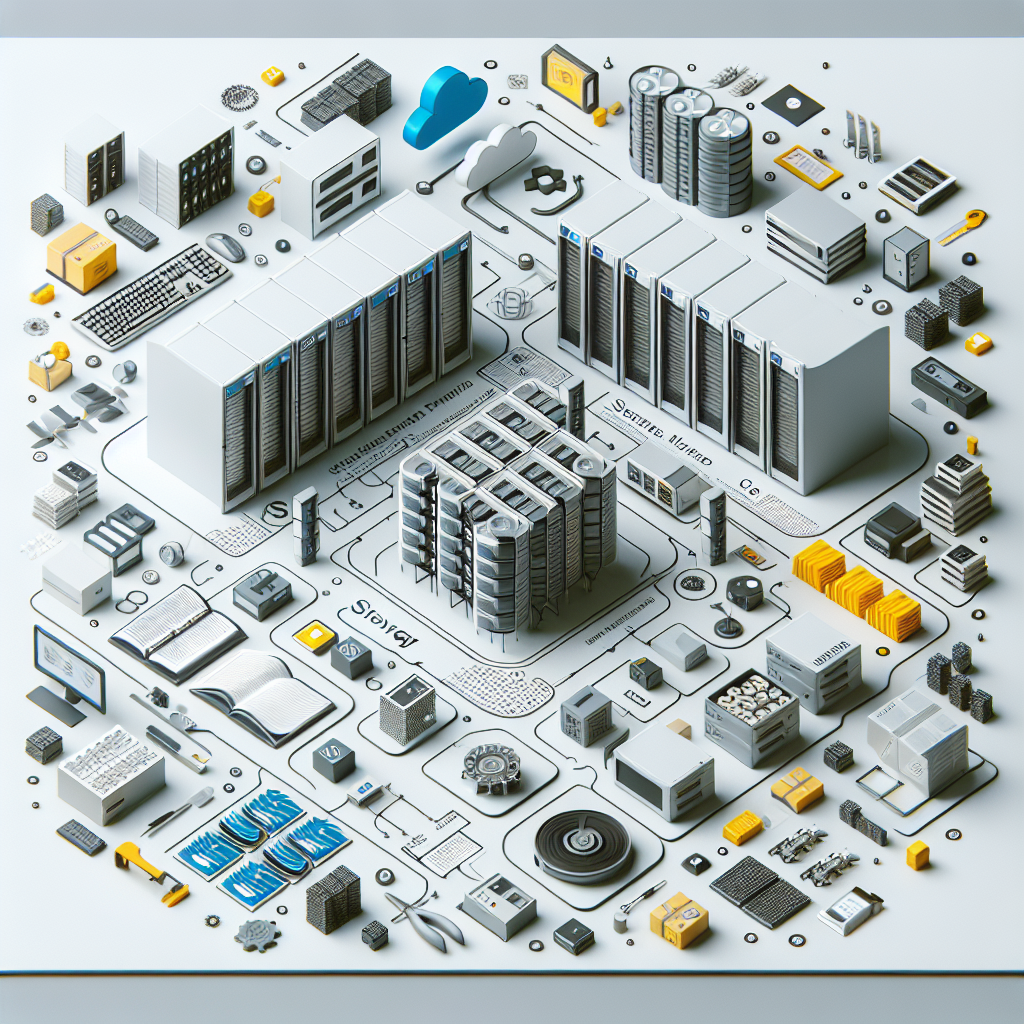Your cart is currently empty!
Comparing the Top Data Center Storage Technologies

Data centers are the backbone of modern businesses, providing the necessary infrastructure to store, manage, and process vast amounts of data. One of the key components of a data center is its storage technology, which plays a crucial role in determining the performance, reliability, and scalability of the entire system. In this article, we will compare the top data center storage technologies currently available in the market.
1. Traditional Hard Disk Drives (HDDs):
HDDs have been the go-to storage technology for data centers for many years. They use spinning disks to store data and are known for their high capacity and relatively low cost. However, HDDs are slower than solid-state drives (SSDs) and can be prone to mechanical failures. While HDDs are still widely used for storing large amounts of data that doesn’t require high performance, they are gradually being replaced by SSDs in many data centers.
2. Solid-State Drives (SSDs):
SSDs have gained popularity in recent years due to their superior performance and reliability compared to HDDs. SSDs use flash memory to store data, which allows for faster read and write speeds and lower latency. This makes SSDs ideal for applications that require high performance, such as databases, virtualization, and cloud computing. While SSDs are more expensive than HDDs, the cost per gigabyte has been decreasing over time, making them a more attractive option for data centers.
3. Hybrid Storage Systems:
Hybrid storage systems combine the best of both worlds by using a combination of HDDs and SSDs in a single storage solution. This allows data centers to leverage the high capacity of HDDs for bulk storage while benefiting from the high performance of SSDs for hot data. Hybrid storage systems use intelligent caching algorithms to automatically move data between the two types of storage based on usage patterns, ensuring optimal performance and cost efficiency.
4. All-Flash Arrays (AFAs):
AFAs are storage systems that use only SSDs to deliver high performance and low latency for mission-critical applications. AFAs are designed for workloads that require consistent performance, such as real-time analytics, high-performance computing, and online transaction processing. While AFAs are more expensive than hybrid storage systems, they offer the highest levels of performance and reliability for demanding workloads.
5. Object Storage:
Object storage is a scalable and cost-effective storage technology that is ideal for storing large amounts of unstructured data, such as images, videos, and documents. Object storage systems store data as objects rather than files, allowing for easy scalability and redundancy. Object storage is often used in cloud storage services and content delivery networks, where data needs to be accessed quickly and reliably from multiple locations.
In conclusion, the choice of data center storage technology depends on the specific requirements of the workload and the budget constraints of the organization. While traditional HDDs are still suitable for bulk storage, SSDs, hybrid storage systems, AFAs, and object storage offer superior performance and scalability for modern data centers. It is important for organizations to evaluate their storage needs carefully and choose the technology that best meets their requirements for performance, reliability, and cost-efficiency.

Leave a Reply